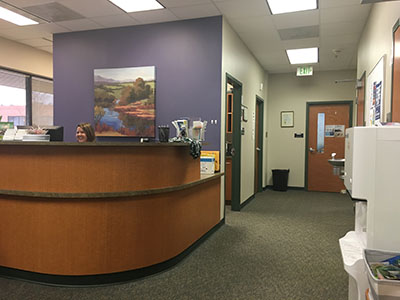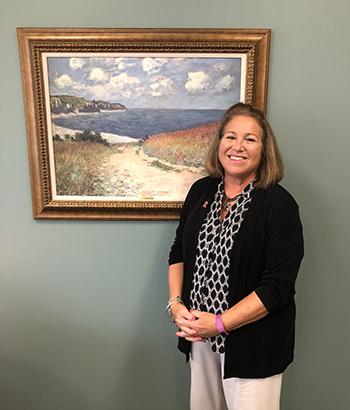The first four to six weeks of the school year, a period known as the Red Zone, is the time when the risk for sexual assault among first-year college students is at its highest.

There are several reasons why high risks of sexual assault are present in the first months of a student’s college career. These include inadequate sex education, unfamiliarity of resources, and presence in a new environment.
The lack of education about sexual assault can be a problem because potential assailants are not taught what assault is, and potential victims are not taught the warning signs. Stevenson University resident director Jessica Goddard believes that educating students can clear up the misconceptions around sexual assault.
Dr. Linda Reymann, assistant vice president of the Wellness Center, said that many students might not have the necessary information, which is why the Wellness Center emphasizes education. Programs such as “Sex Ed. Boot Camp” and “Bystander Intervention” are some of the educational programs that Stevenson University offers to students and staff.

Educational opportunities, or lack thereof, in students’ lives before college can affect the chances for sexual assault in college settings. Goddard explained that “misunderstanding in high school [leads] to misunderstanding in college,” so providing consistent education throughout high school and college is vital.
Stevenson University alum Autumn Mento, class of 2019, said that her high school’s sex education classes did not include the topic of sexual assault. “[Sexual assault] was the silent thing everyone knew was probably going to happen at some point in their life,” Mento added.
Because students need to be aware of and understand the resources available to them, Goddard hopes that every student has knowledge of Stevenson’s campus resources.

Reymann agreed that there are students who are not fully knowledgeable of the resources and support available to them. The Wellness Center has placed emergency contact stickers inside all campus bathroom stalls and emergency contact magnets on the refrigerators in all residence halls. These provide lists of confidential and non-confidential resources for students to reach out to and/or visit.
The Wellness Center has several partners throughout the Baltimore area, including TurnAround Inc. and Northwest Hospital. These partnerships provide physical and mental health support and educational resources.
The Center for Diversity and Inclusion is another on-campus resource that provides safe and brave spaces. According to Cristina Garcia, director of the Center for Diversity and Inclusion, safe spaces are nonjudgmental places to seek comfort and refuge, while brave spaces are places for civil, open discussions with those who may or may not disagree.
Garcia believes residence hall rooms, club meetings and the Wellness Center are also great safe spaces for students on campus. Faculty and staff offices, classrooms, and friends’ rooms can be safe spaces as well.

























































